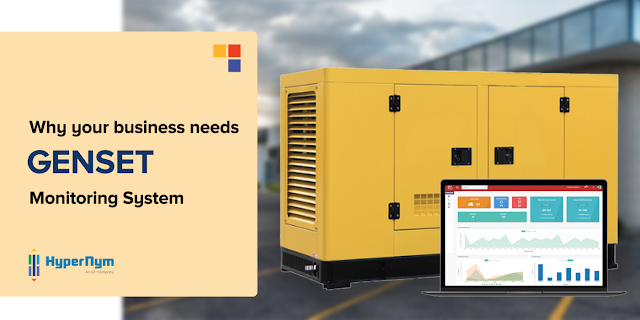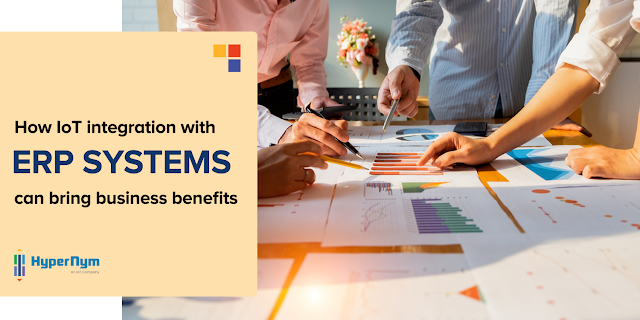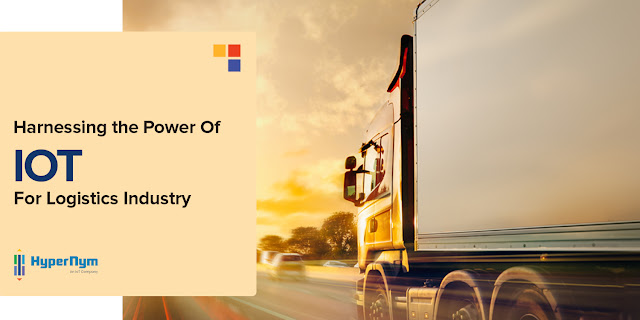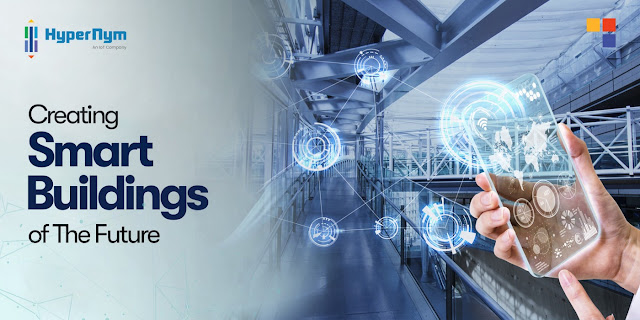Keep Fleets and Drivers safe on the Road

Running a fleet can be challenging. One has to keep up with jobs assignment, fuel costs, monitoring the operations and much more. Amidst the chaos, its imperative to ensure the safety of drivers and fleet for productive operations. Hiring safety and compliance officers can help ensure driver job assignment and devising safety protocols. However, they can not provide full visibility and insights about every aspect of the operations. HyperNym has introduced a new Driver Safety Program. An automated and intuitive initiative to overcome safety challenges and provide complete protection for fleets and drivers. At, Hyp e rNym we take driver and fleet safety seriously. That is why our Driver Safety Program is designed to protect your valuable assets from all foreseeable and unforeseeable eventualities. What is HyperNet Driver Safety Program? The HyperNet driver safety program is an initiative to protect the safety of your assets and employees through close asset monitoring and pro...



